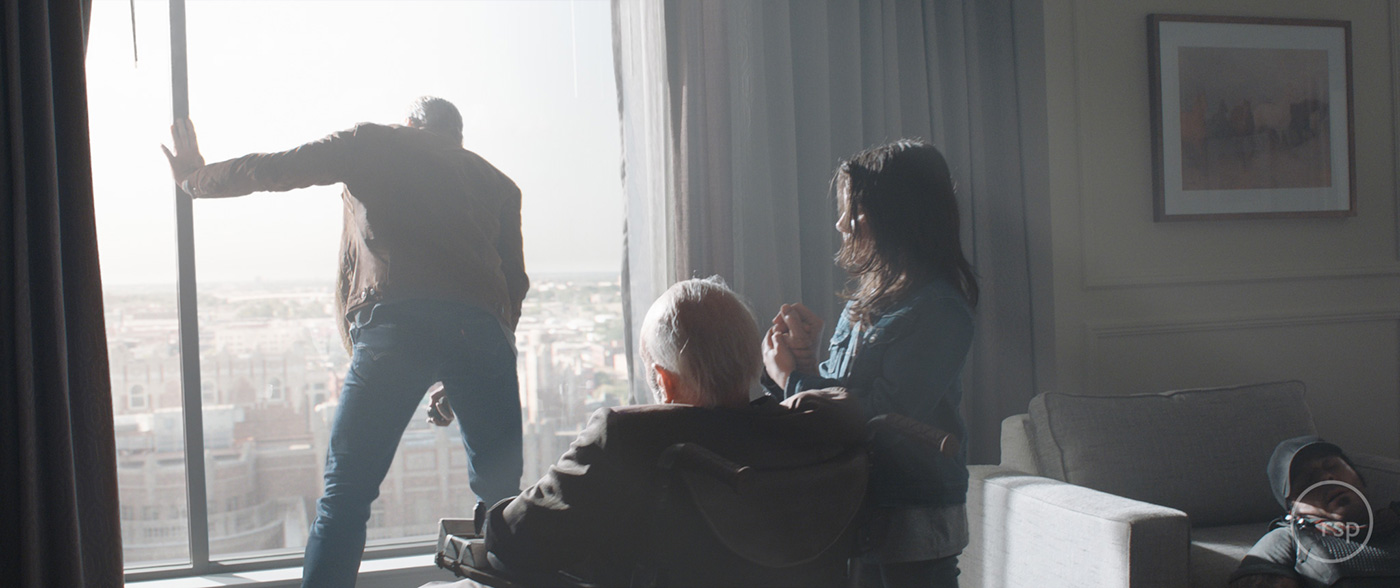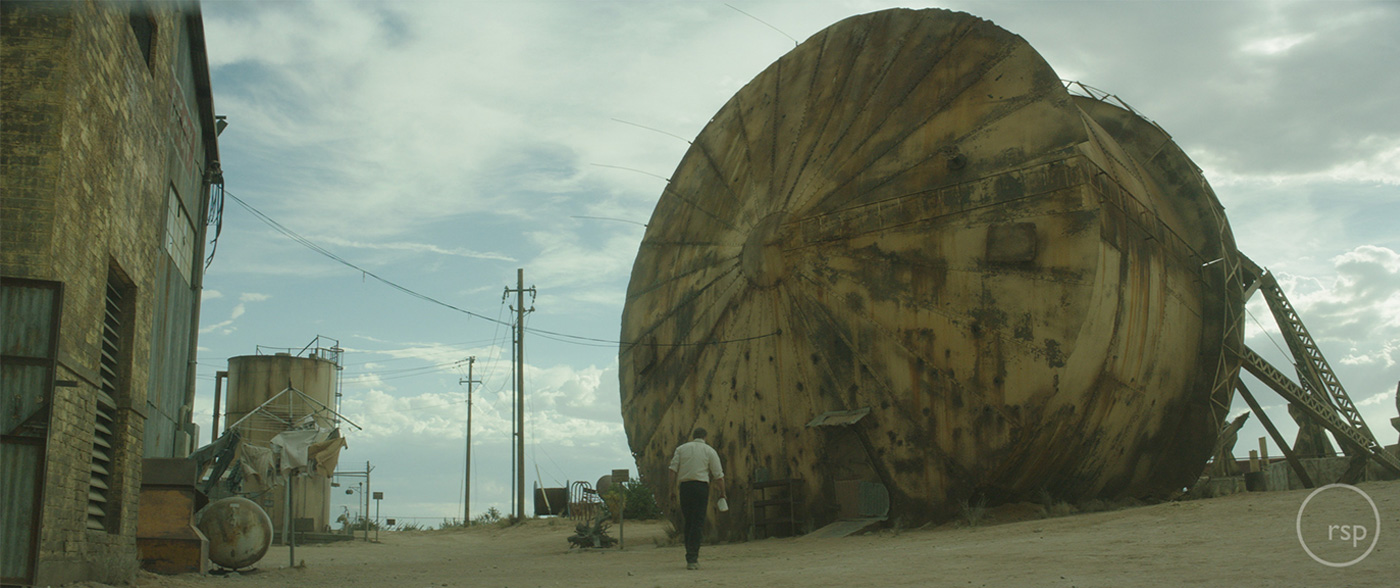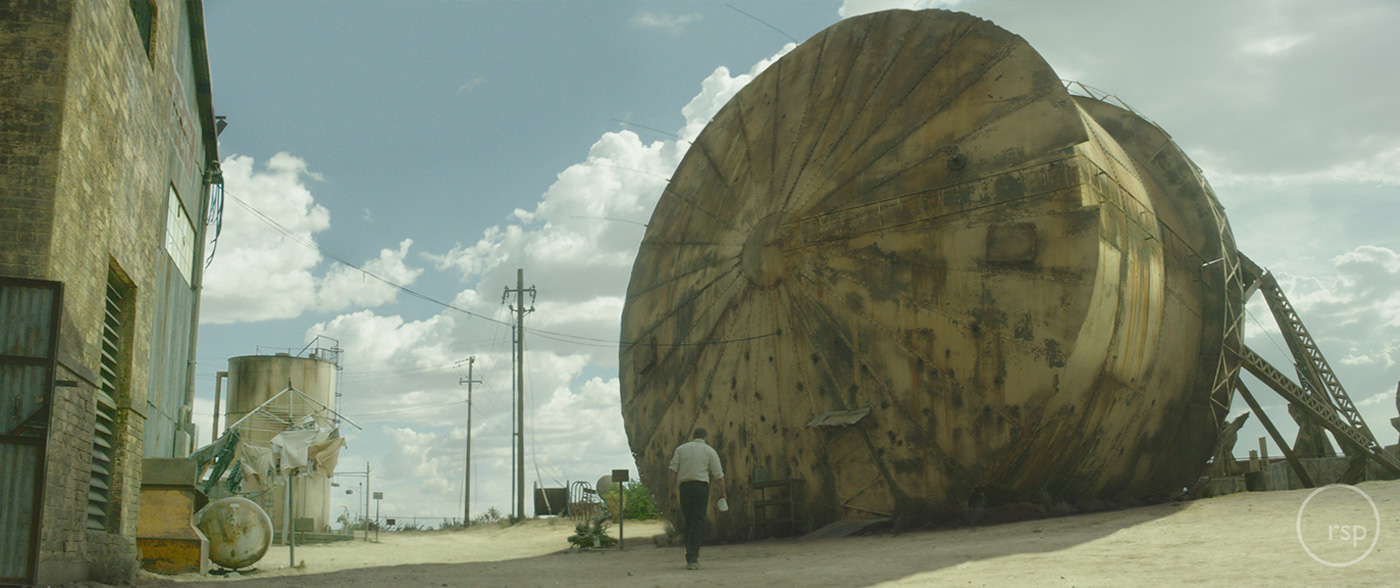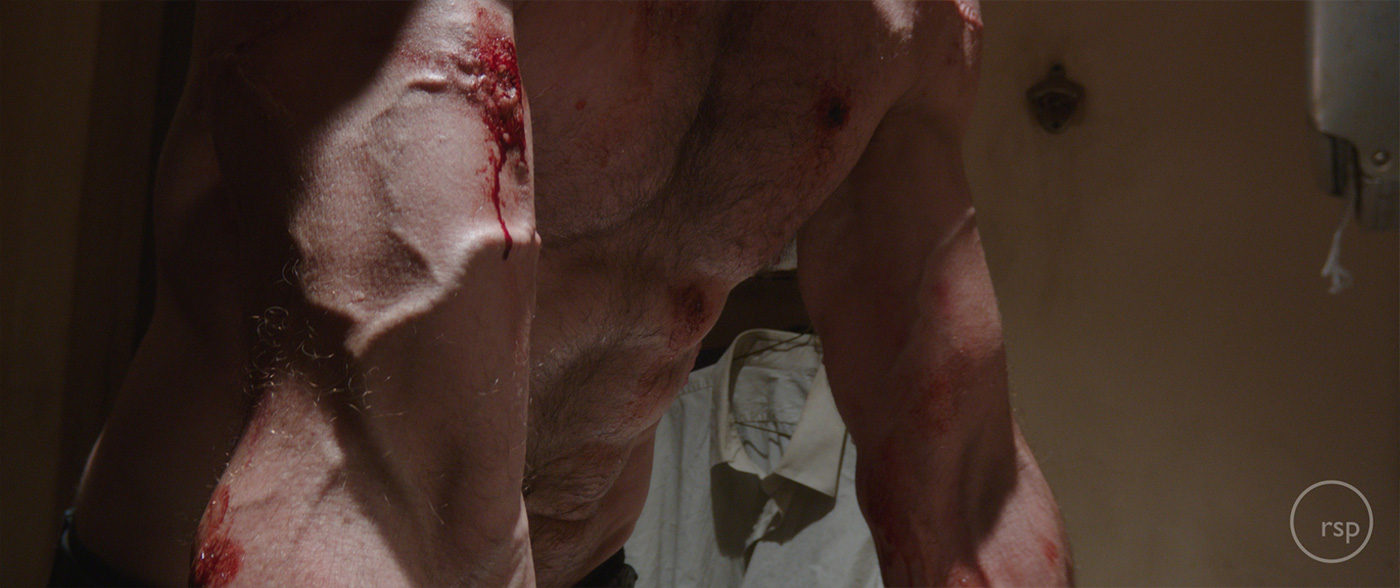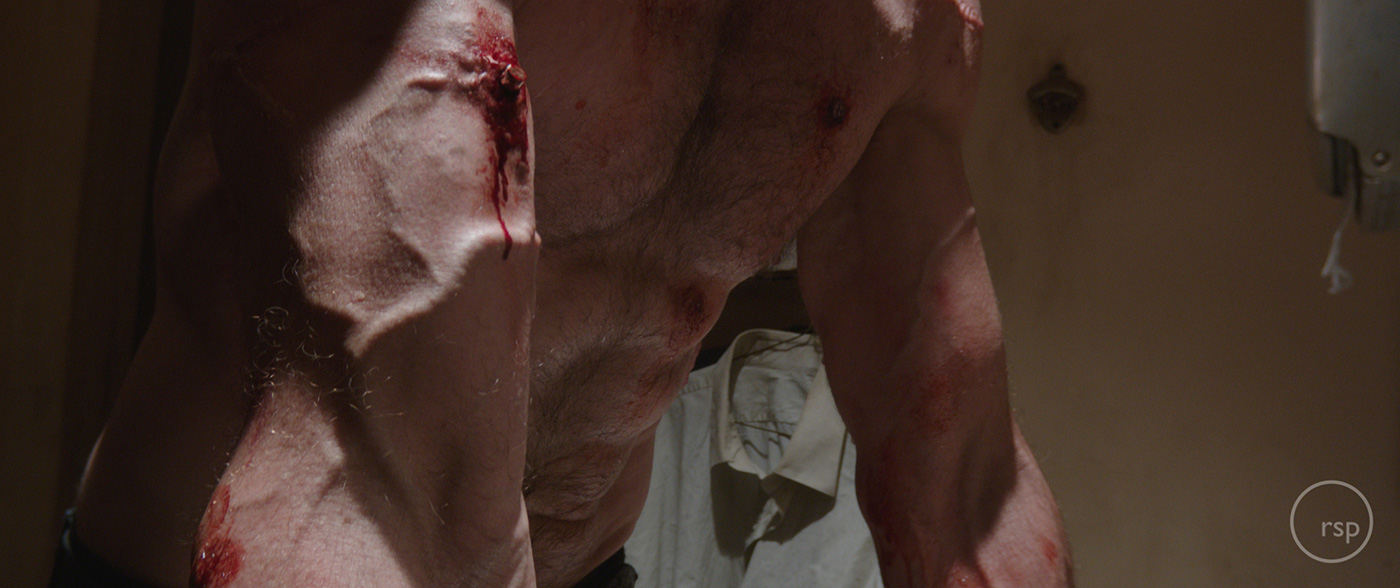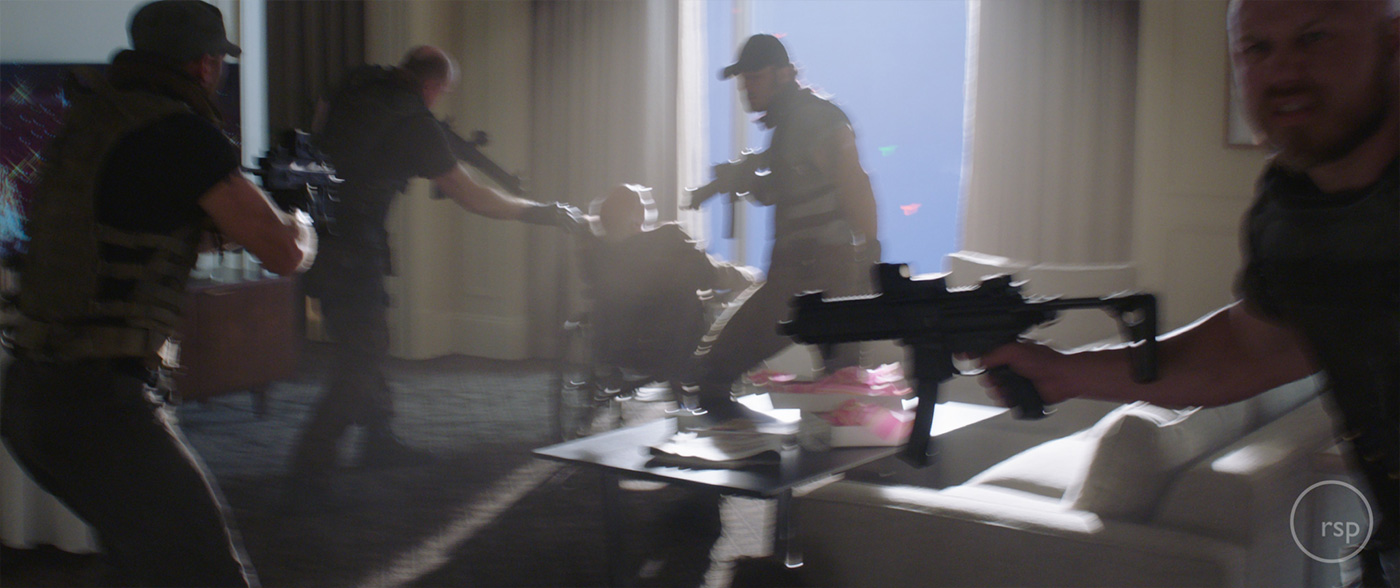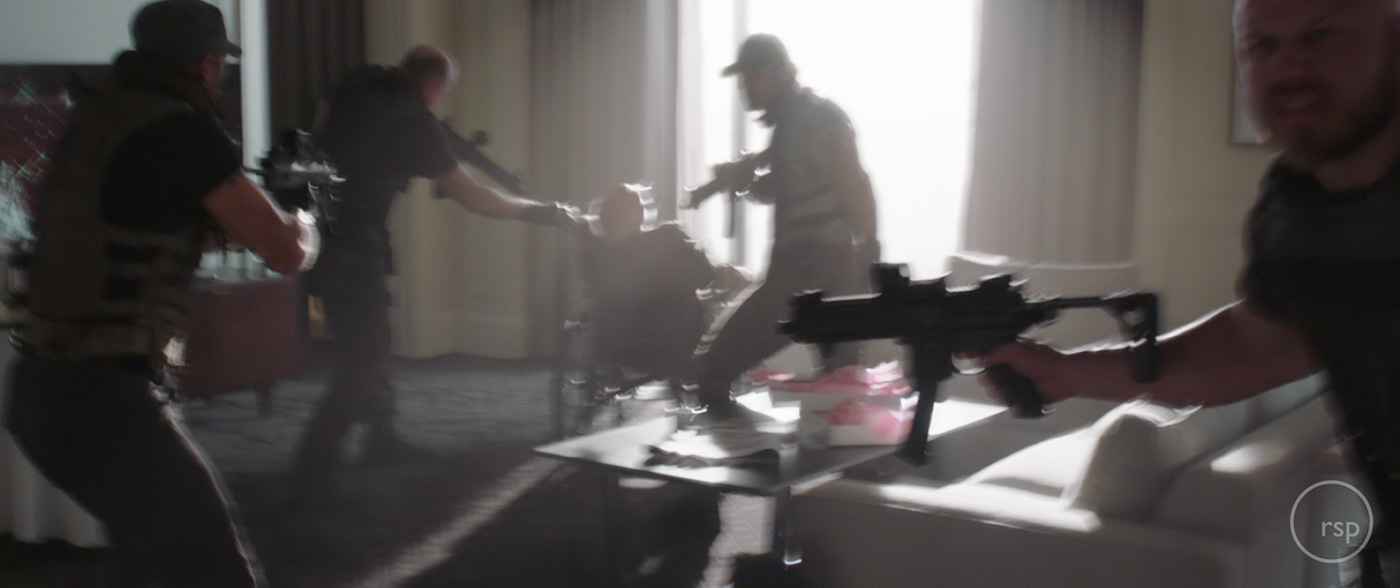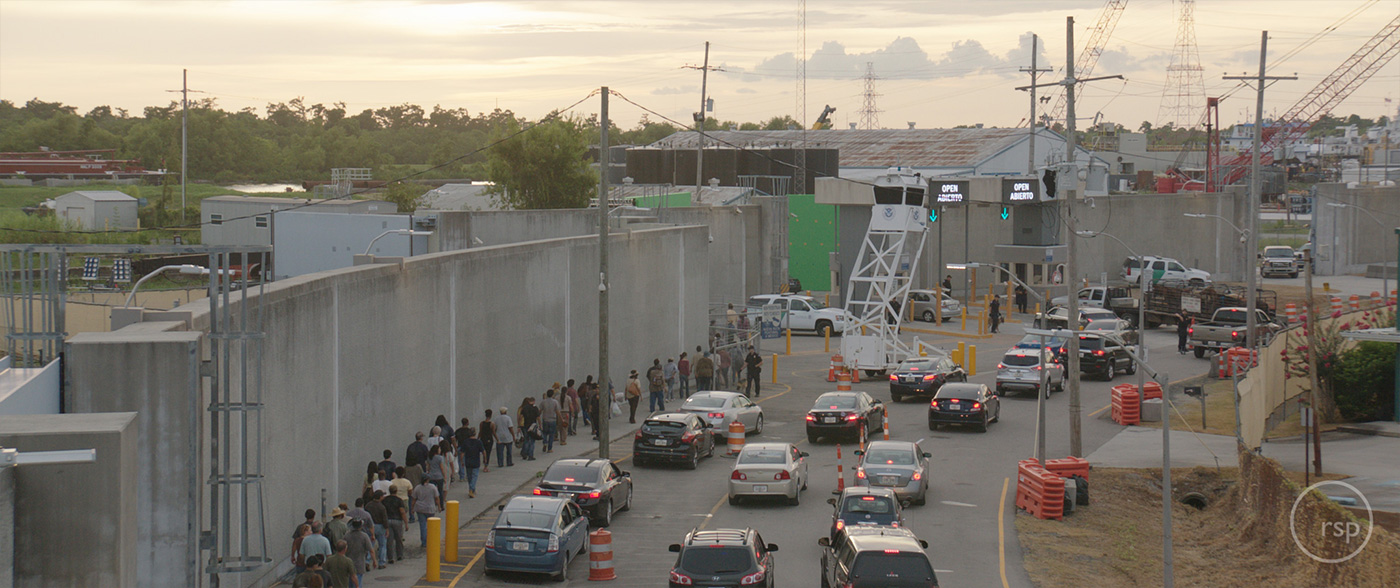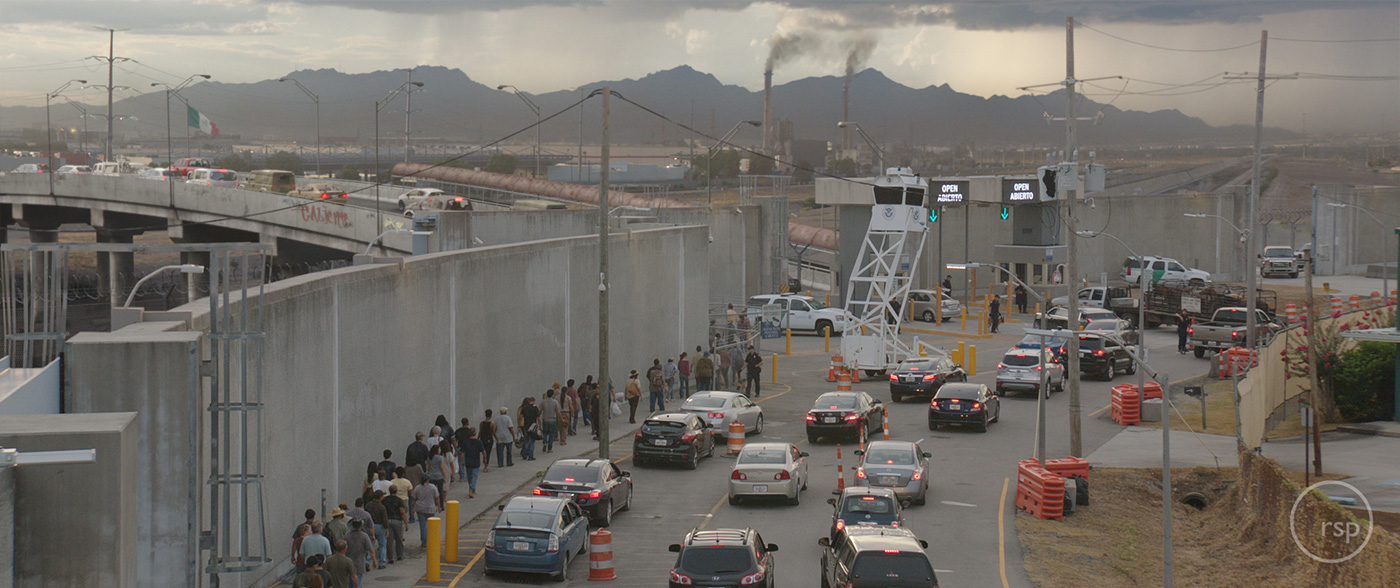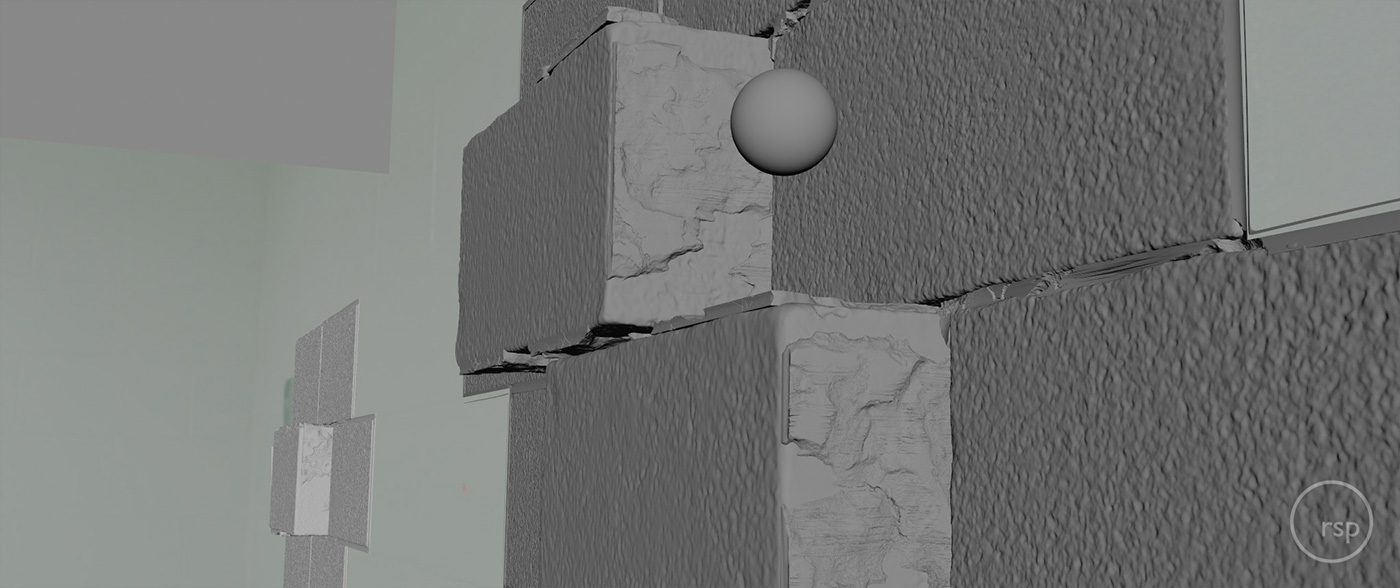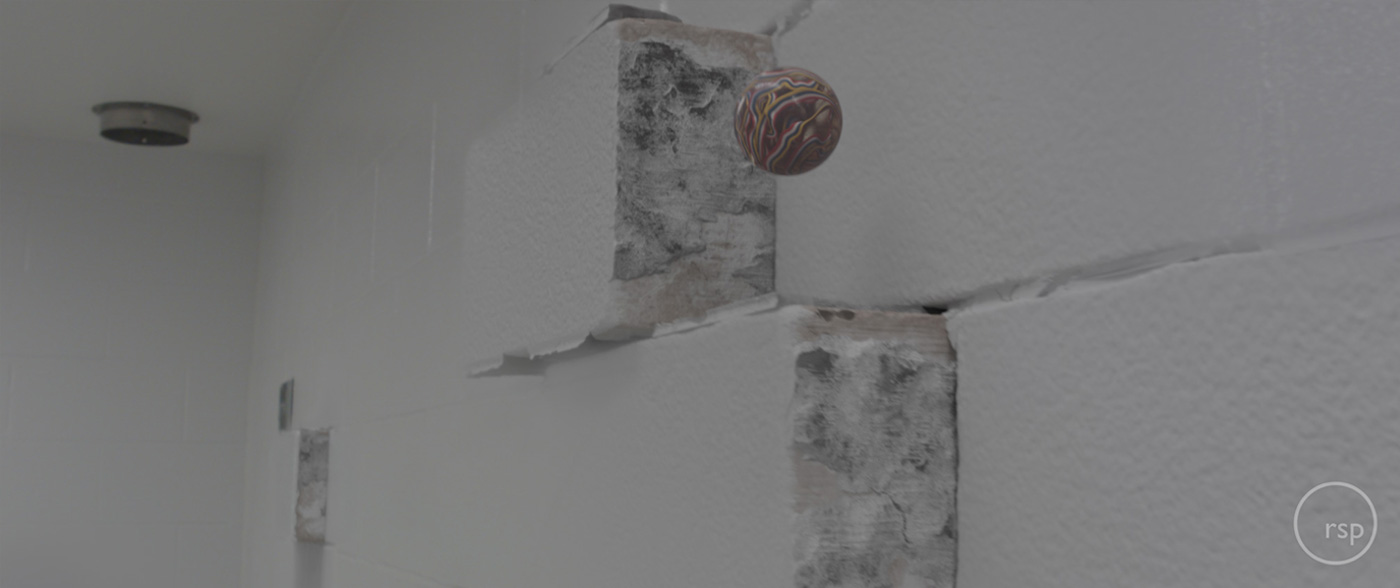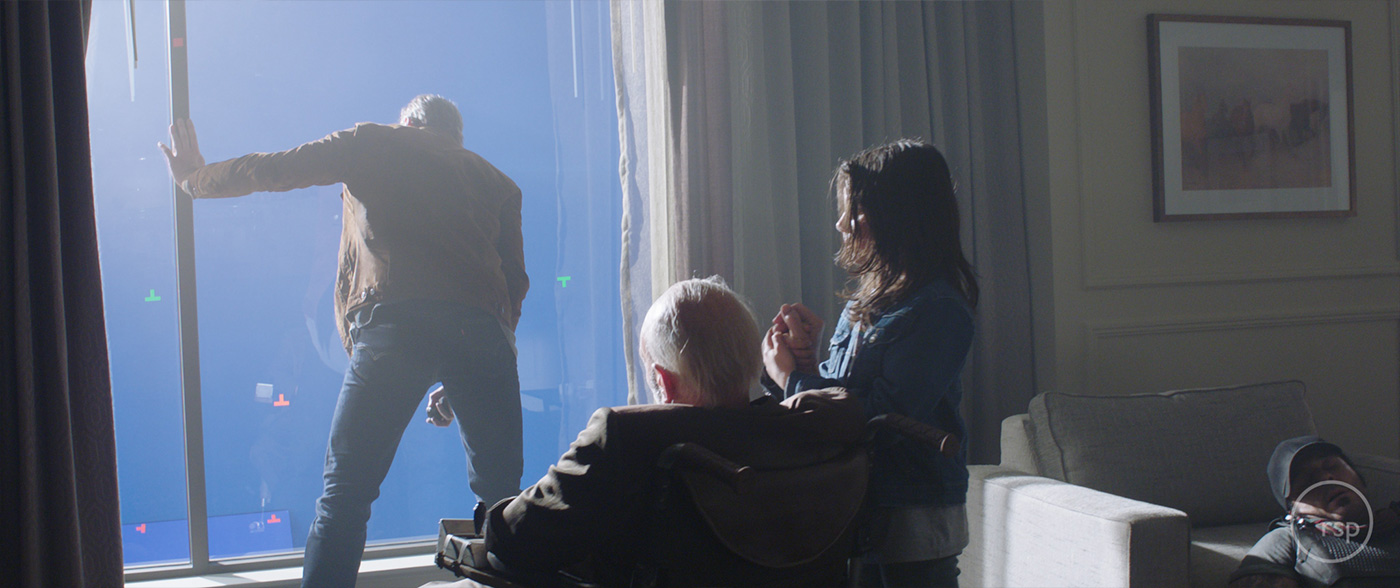Dennis Jones began his career in visual effects in London, working at Jim Henson’s Creature Shop and Peerless Camera Company. He then joined Rising Sun Pictures in 2005 and worked on numerous films such as WATCHMEN, THE HUNGER GAMES, GRAVITY, X-MEN: DAYS OF FUTURE PAST and X-MEN: APOCALYPSE.
What is your background?
Originally from the UK, I completed a degree in Industrial Design in 2000 and before Rising Sun Pictures (RSP) worked as a digital compositor for a variety of companies including Jim Henson’s Creature Shop and the Peerless Camera Company. At RSP, I’ve led teams on a number of projects including Peter Weir’s THE WAY BACK, THE SORCERERS APPRENTICE, MAO’S LAST DANCER, WATCHMEN, GREEN LANTERN, HARRY POTTER & THE DEATHLY HALLOWS, PART 1 as well as on-set Supervisor for RSP’s work on THE HUNGER GAMES. More recently I won a VES Award for X-MEN: DAYS OF FUTURE PAST, and had supervisory roles on GODS OF EGYPT, PAN, THE LEGEND OF TARZAN, X-MEN: APOCALYPSE, and currently I am RSP’s VFX Supervisor on THOR: RAGNAROK.
How did you get involved on this show?
We have worked with 20th Century Fox (X-MEN: APOCALYPSE, X-MEN: DAYS OF FUTURE PAST, THE WOLVERINE, etc), Director James Mangold (THE WOLVERINE) and Chas Jarrett (PAN) before. We were asked to bid on a number of packages for the film, and were awarded a range including claws, FX blood, Set Extensions & the Psionic Blast. I met with Chas at the Fox Studios production office and was able to read the script, talk about some of the natural, physical phenomena, and watch some rough cuts of sequences. This also included the ‘Hurt’ trailer, with sound. The combination of the script and the trailer, and the early interaction with Chas really helped me to understand the style of the movie and helped shape the visual effects aesthetic.
How was the collaboration with director James Mangold and VFX Supervisor Chas Jarrett?
It was a very clear and steady approach to the work and the film making process. We had worked with James on the previous WOLVERINE movie so had a feel for his tone as a filmmaker. We were given room to experiment and present concepts to help steer the creative process. The whole tone of the project was really unique and exciting to be apart of.
The movie is really gore. How did you enhance this aspect?
Logan is more brutal, visceral and has direct consequences for the characters involved. The mutants that we are used to seeing as all powerful are in decline – we see them stripped of power and control. There was something very powerful about that. The R-rating that was confirmed from the start introduced another dynamic to play with – albeit in a restrained fashion. In THE WOLVERINE, some of our shots had to be amended to remove blood and claw penetration – so it was great to be able to resist the character free from these constraints.
What are the sequences made by Rising Sun Pictures?
Psionic Blast with Reaver dispatching – CG claws, blood & gored, Psionic Stabilisation Effect, Digital Environment Extensions
The demise of Pierce featuring grass and roots – these were done with the Mutant Children Powers
Gabriella’s video and young mutant effects
Logan, X-24 and Laura claws and blood. (Notably the opening sequence ‘Limo fight’ and Charles.)
Car composites and environment extensions
The full Sequences: Limo Fight, El Paso Montage, Eden Arrival, Eden Battle, Entering Mexico, Border Crossing, Medicating Charles, Gabriela’s Video, Gambling Town, Psionic Blast, CD sequence.
RSP created CG claws on previous Wolverine movies. How did RSP upgrade these assets for Logan?
THE WOLVERINE was the last time we had done CG Adamantium claws. Since then we have moved to Arnold as a renderer, so we needed to rework the asset from scratch – this was also to match the age of Logan and the years those claws have been used. We had the props and photographic reference to match, and the big difference this time was the amount of time we could spend on the different types of blood – this was usually dependent on what sort of wound Logan was inflicting, and what body part he was slicing. Whilst the thought itself is quite disturbing, it’s the little attention to detail in shaders and photoreal rendering that really integrate Logan’s claws with the environment – so that they would seamlessly blend between the real props and the cg versions.
We also ensured we had tight matchmaking and claw integration work from a lighting standpoint – and some of the really specific ‘penetration’ moments required us to remove, stabilise & reposition Logan’s fists/arms/claws to suit the composition and timing of the shot.
An example is the upper cut to the bald Reaver in the ‘Hurt Trailer – where we had to reposition the fist deeper in to his chin to ensure we got enough clearance to have the blades point out of the top of the skull – and then lock the connection point – including his hand to the bottom of the chin to sell the impalement.
How did you design and created the Psionic effect?
The psionic blast was the most creatively ambitious effect for all of our work. A lot of the supporting effects were known to us – but the blast was the least resolved. The sequence was shot natively with camera shake – and didn’t include clean takes. Some of our initial experimentation had additional effects and treatments designed to add tunnel vision vignetting and a more organic response with blurring, over exposure, and other types of effects. Whilst this came up with some interesting results, we decided to go back to the core foundation and stabilise and augment the pre-shaken footage. We found some shots with high contrast and aggressive high frequency shake produced ideal results without too much modification. In contrast, some shots were flatter in tone and the camera shake wasn’t ideal. We developed techniques to augment the blur artefacts based on custom animated kernels applied through the FFT (Fast Fourier Transform) method ; this produced sharp and controllable results. The stabilisation meant we needed to make reframing decisions early on most shots, and some needed additional camera movement to be introduced once stabilisation had been applied.
We are visiting many places during the show. Can you explain in detail about their creation?
As with these types of shows, there was simple environment extension work with DMP’s and CG buildings/props/dressing – this helped set the scene and set up various locations to sell the story. The more complex ones, such s the Mexico border from El Paso to Juarez relied on a completely digital border crossing with bridge, traffic, guard structures – coupled with footage shot on location in Juarez. Another example is making the Transigen Building look more ‘ominous and secure’ – this was a live action plate that was dressed with full CG props such as cameras, gatehouses and security fencing. Lighting and integration was key in these supporting effects shots, as they needed to exist to support the story, and not draw attention to themselves.
Can you explain in detail about your work on the Limo fight?
The Limo fight sequences that the movie opens with grabs the audience from the beginning – we see Logan as we have never seen him before – the physical claw attack shots we were given license to solve the action in creative ways. Most story and performance beats were well articulated with visual bash comps from Chas directly, and from editorial mockups. We then would need to create CG claws, gore, muzzle flashes, even a CG arm with shotgun that Logan severed.
At Eden, Logan meets Mutant Children. Can you explain in detail about the creation of these powers?
A combination of Mutant Children’s powers were used for Pierce – Guides were animated in Maya to provide the effects team with timings and coverage targets. These surfaces then directed a Houdini procedural animation system that then managed the population and performance of the grass components. Ground dirt, dynamic scattered hay, fine procedural root hairs and interactive falling dirt was then dressed around the root and grass structures. This was then combined with the other Mutant powers (lightning/electricity, blast etc) for the final effect.
The other effects for Gabriella’s video and young mutant effects were very bespoke one-off effects. Victor’s cell with bouncing ball and moving blocks was all hard surface animation and shading with some effects support for dust. Houdini fluid effects were used to generate the guard combusting this coupled with a matchmove allowed for interactive lighting and good comp integration.
The DOP had an old Canon DV that was used to film most live action for Gabriella’s video. We had to treat all Alexa footage to match this DV look and then composite this into the Sony phone held by Logan.
Was there a shot or a sequence that prevented you from sleep?
Pierce’s demise was going through a lot of creative changes towards the end of the schedule – this presented some challenges to me and especially the FX team, but thankfully Chas and the VFX team gave us some good guidance and we got an end result that combined the Mutant Children’s powers together in a dynamic way.
What was the main challenge on this show and how did you achieve it?
Psionic blast per above.
What do you keep from this experience?
Working with the production team was a real pleasure. I take the experience of working with these amazing filmmakers, and the evidence was present on the screen when I went to see it in the cinema. Just an epic movie and I feel honoured to have been a part of bringing Logan to the big screen again.
How long have you worked on this show?
From June 2016 to February 2017.
What’s the VFX shots count?
216 shots.
What was the size of your team?
There were more than 100 artists, technicians & support staff that contributed directly and indirectly to the film.
What is your next project?
RSP is working on ALIEN: COVENANT, GEOSTORM, and THOR: RAGNAROK (that I am currently VFX supervising)
What are the four movies that gave you the passion for cinema?
TRON, GOODFELLAS, THE EMPIRE STRIKES BACK and APOCALYPSE NOW.
A big thanks for your time.
// WANT TO KNOW MORE?
Rising Sun Pictures: Dedicated page about LOGAN on Rising Sun Pictures website.
© Vincent Frei – The Art of VFX – 2017


